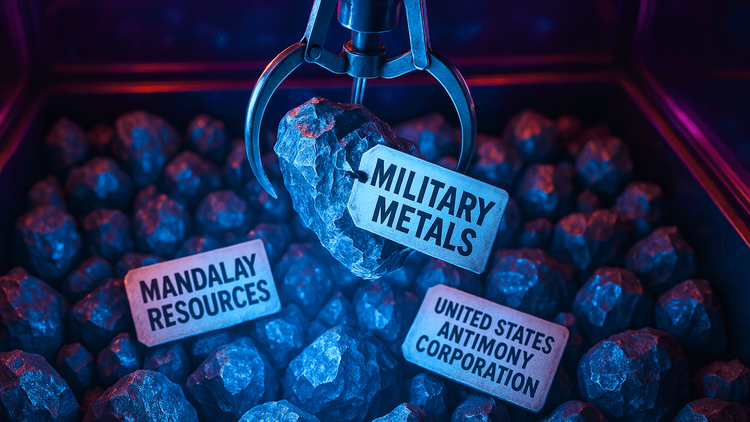Trump, Critical Minerals, and The Metals Company’s Billion-Dollar Bet on the Ocean
Deep-Sea Mining's Billion-Dollar Bet: The Metals Company Navigates Politics, Regulations, and Environmental Pushback

The Clipperton Clipperton Zone (CCZ) in the Pacific Ocean—stretching from Hawaii to Mexico—has emerged as a key battleground for deep-sea mining. With deposits of battery metals like cobalt, nickel, and copper contained in potato-sized polymetallic nodules, this region has become the focal point of the world’s next major resource race.
Leading the charge? The Metals Company (TMC), a Canadian firm that holds two exploration contracts in the CCZ. Backed by industry leaders and supported by geopolitical shifts, TMC is at the forefront of a controversial but potentially transformative industry.
A New Dawn for Deep-Sea Mining?
The year 2024 proved to be pivotal. The election of Leticia Cavalo, a respected oceanographer, as Secretary-General of the International Seabed Authority (ISA), and the return of a Trump-led administration, known for its pro-mining stance, gave deep-sea miners a renewed sense of optimism.
TMC’s CEO Gerard Barron expressed confidence, stating that 2025 could be the company’s breakout year, bolstered by strong political backing and a renewed focus on mineral security.
Why The Metals Company’s Stock Surged
Investors took notice when TMC’s stock price surged at the start of 2025. The reason? Market recognition of the company’s vast, untapped resource base—1.6 billion tons of polymetallic nodules, valued at nearly $1 trillion.
Barron has long insisted that once regulatory hurdles are cleared, TMC’s valuation could skyrocket. The company is now preparing to submit its exploitation license application on June 27, 2025, a critical step toward commercializing its deep-sea mining operations.
Regulatory Uncertainty: The Mining Code Dilemma
One of the major challenges facing deep-sea mining is the lack of finalized mining regulations. The ISA has promised to complete the mining code by the end of 2025, but delays have frustrated industry players.
However, TMC is pressing forward. Under Article 15 of the ISA’s 1994 agreement, companies can lodge a two-year notice to begin commercial mining even in the absence of finalized regulations. TMC aims to use this provision to its advantage, ensuring its operations move ahead regardless of bureaucratic delays.
Are Deep-Sea Metals Worth It?
Critics question the economic viability of deep-sea mining, especially with cobalt and nickel prices at multi-year lows. However, Barron remains unfazed, arguing that long-term demand for critical minerals will outstrip short-term price fluctuations.
With the U.S. government pushing for domestic mineral independence, deep-sea mining could become a crucial part of America’s supply chain strategy—mirroring the shale revolution that made the U.S. energy independent.
Environmental Concerns and Industry Pushback
Deep-sea mining remains highly controversial. Environmental activists warn of devastating impacts on fragile ocean ecosystems, while indigenous groups in the Pacific demand greater consultation.
TMC, however, argues that deep-sea mining is far less destructive than traditional land-based extraction. Unlike mining operations that require deforestation and displace communities, deep-sea mining targets low-biodiversity zones on the ocean floor.
Barron points to TMC’s $100 million investment in environmental research, claiming that their data proves deep-sea mining’s impact is minimal. Still, the battle for public and regulatory approval remains fierce.
The Road Ahead: A Billion-Dollar Gamble
With the U.S. administration backing critical mineral security and TMC pushing toward its first commercial operations, 2025 is shaping up to be a make-or-break year for deep-sea mining. Will The Metals Company succeed in unlocking the Pacific’s hidden wealth? Or will environmental opposition and regulatory delays sink their billion-dollar ambitions?
Only time will tell.






